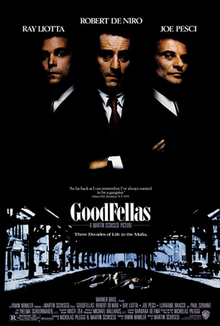i didn't think this initial scene was very effective because although Bridget Jones' diary is a comedy, aimed too at a male audience and directed to be a box office hit for couples...this movie seemed like nothing but a typical 'chick flick' with the cliche music and female protagonist. however, in many ways this initial scene was effective in the way that without dialogue, we could still assume that our female protagonist Bridget Jones, was single and looking for a relationship presumably with the song 'all by myself' and the idea that she was almsot 'serenading' her wine glass.
our female protagonist is filmed in pjamas. these connote realxation, laziness/tierdness, a nighttime environment and even a sense of 'cuteness' and therfore attraction. The red colouring of the pjamas is directly associated with christmas, and children wearing typicall seasonal festive pjamas before receibing their gifts. this may be assoicated with the 'gift' of love that Jones later reciebves in the film. We also see with our female pjama dressed charachter that she is comftable in the sanity of her own home, however she may not be so comftable with her realtiosnhip status. the fact that Jones looks as if she has made no effort with her appearance suggests she has given up hope, or has no need to impress any fellow males.
the body language Jones uses is almost helpless and lazy as she smokes a cigarette whilst watching 'Frasier'. The cigarette contributes to Mise-en-scne becayse we see the almost 'classy' way she smokes this so it dosent have any 'chavvy' un-asthetically pleasing connotations. Her posture and body language on the sofa which the camera captures in a long shot allows us to see how she is almsot helpless and dosnet know what to do with herself. the camera shot infrequently differs, so we have the same sort of shot the entire way through the openign scene which empathszes how jones is continuing to have the same routine, the same lifestyle every day, there is no proxemics with any other charachters as frankly, there are no other charachters in the scene! this reinforces how far away other people are from Jones and that she is possibly alone and iscolated.
the pjama orientated, nightly scene uses low lighting that is un-natural to almost make the audience feel like they too are in this living room with jones. daytime is usually associated with action, work and activity where as night tends to contrast as it is a time of thought,relaxation and tire. we see however, that Jones' drinking habits, loneliness and longing to not be 'all by myself' is what keeps her up in the evenings. thus, the low lighting corresponds to her lkow mood. the lightshades behing briggget hoiwever almost highlight her with a glow of light so we can still feel as if she is a postivie, charasmatic charachter and we can see her movements with ease.
there is no dialogue in the film however a non diegetic sound of the song 'all by myself' plays throughout the beggining scnene. however, effectively we discover this sound is not non diegetiuc after all....we as the audience think we are hearing a soundtrack to go along with the solemn lazy actions Jones creates, however halfway through she actually begins to mime along to the song! because we didnt think she could hear this song from the start, and the sound of 'Frasier' could not be heard over this, the music could either be digetic and played extremely loudly in her apparetment or non diegetic and only heard by us, however thought in her head due to her alcohol intake and negativity about being alone. the audience can relate to this because many people can have relatable songs or songs stuick in their heads. the clear lyrics also directly associate with the film becauyse phrases lkike 'i never needed anyone' and ' dont wanna be all by myself' realte to her situation. although this song triggers sympathy, it also reinforces the sub genre, commedy, of the film because viewrs would find her singing into a newspaper comedic.
















